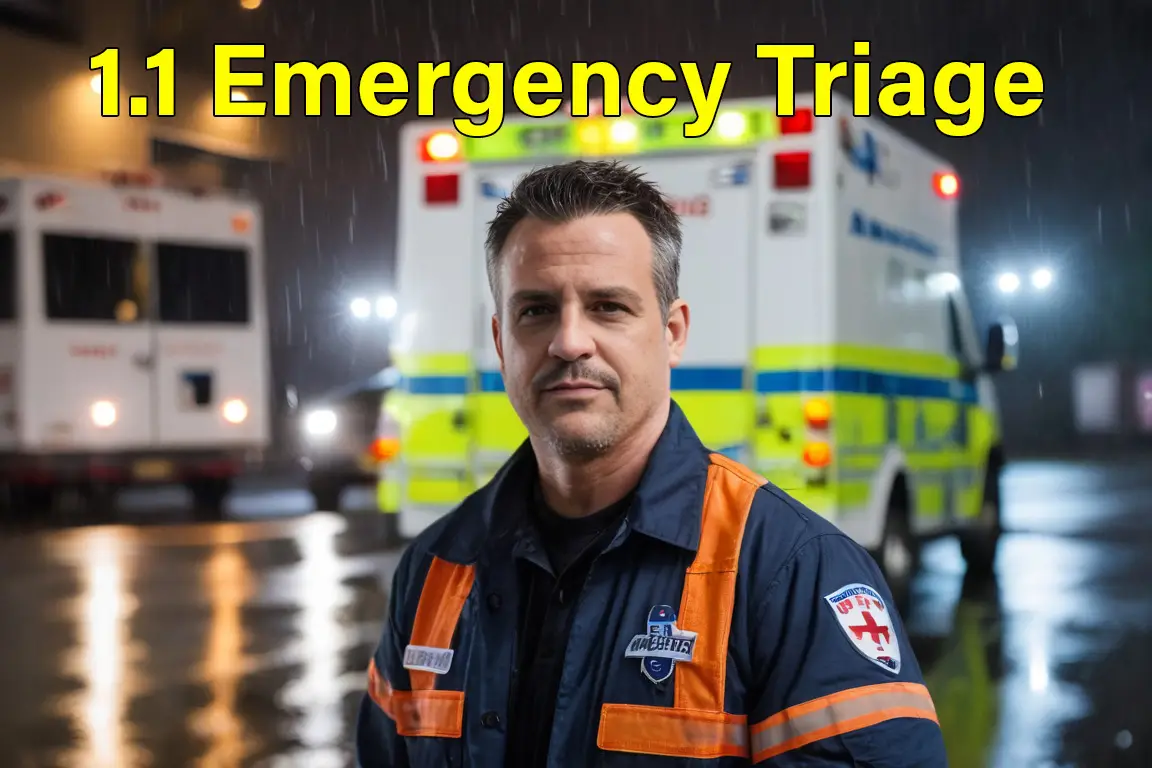Protect Yourself: Personal Protective Equipment
When dealing with mold, personal safety should always come first. Mold exposure can lead to respiratory irritation, allergic reactions, and long-term health complications, especially for individuals with asthma, weakened immune systems, or sensitivities to mold toxins.
Proper Personal Protective Equipment (PPE) minimizes exposure to mold spores and reduces the risk of inhalation, skin contact, and cross-contamination. This lesson covers:
- The essential PPE needed for mold containment and cleanup.
- How to properly wear and remove protective gear.
- When to upgrade to professional-grade equipment.
By wearing the right protective gear, you can safely handle mold containment and reduce health risks.
Why PPE is Essential for Mold Handling
Mold spores are microscopic and airborne, meaning they can easily be inhaled or settle on skin and clothing. Without proper protection, exposure can lead to:
- Respiratory Problems – Wheezing, shortness of breath, or worsened asthma symptoms.
- Allergic Reactions – Sneezing, itchy eyes, skin rashes, and sinus irritation.
- Long-Term Sensitization – Repeated exposure can cause individuals to develop mold sensitivity over time.
- Toxin Exposure – Some mold species release mycotoxins, which can affect the nervous system.
💡 Fact: Exposure to mold in enclosed areas increases the concentration of airborne spores, making PPE even more critical in these spaces.
Essential Personal Protective Equipment (PPE) for Mold Handling
Respiratory Protection (N95 or P100 Masks)
🔸 N95 Respirators – Blocks 95% of airborne particles and is suitable for minor mold exposure.
🔸 P100 or Half-Face Respirators – Provides stronger filtration for high-contamination areas or prolonged exposure.
🔸 Full-Face Respirators – Recommended for severe mold contamination where eye protection is also needed.
💡 Tip: Avoid basic dust masks—they do not filter small mold spores effectively.
Protective Clothing
🔸 Disposable Coveralls (Tyvek Suits) – Creates a barrier between you and mold spores.
🔸 Long Sleeves & Pants – If coveralls aren’t available, wear clothing that fully covers the body and can be washed immediately after exposure.
🔸 Shoe Covers or Disposable Boots – Prevent tracking mold spores into clean areas of the home.
💡 Tip: If using regular clothes, immediately wash them in hot water after handling mold to remove spores.
Eye Protection
🔸 Safety Goggles (without vents) – Prevent spores from entering the eyes.
🔸 Full-Face Respirators – Provide both respiratory and eye protection for severe exposure.
💡 Tip: Avoid using regular eyeglasses, as they do not fully seal around the eyes.
Hand & Skin Protection
🔸 Nitrile, Neoprene, or Rubber Gloves – Protect hands from spores and mold-cleaning chemicals.
🔸 Avoid Latex Gloves – Mold spores can penetrate porous materials, and some individuals are allergic to latex.
💡 Tip: After handling mold, remove gloves carefully and wash hands with antibacterial soap.
How to Properly Wear & Remove PPE
Wearing PPE correctly is just as important as choosing the right gear. Improper use can lead to cross-contamination or exposure.
How to Wear PPE Properly
- Put on coveralls & zip up completely.
- Wear gloves and tuck sleeves inside gloves to create a seal.
- Put on an N95/P100 mask, ensuring a snug fit.
- Secure goggles or a full-face respirator to prevent air leaks.
- Cover shoes last to avoid stepping on contaminated areas.
Safe Removal of PPE to Prevent Cross-Contamination
🚨 Never remove PPE inside the contaminated area—this can release trapped spores.
1️⃣ Remove shoe covers first and step onto a clean surface.
2️⃣ Carefully remove gloves by peeling them inside out.
3️⃣ Unzip and step out of coveralls, rolling them inward to contain mold spores.
4️⃣ Remove goggles and mask last, avoiding direct contact with the face.
5️⃣ Wash hands and face thoroughly after removing PPE.
💡 Tip: If possible, dispose of used PPE in a sealed bag before leaving the affected area.
When to Upgrade to Professional-Grade PPE
Certain high-risk situations require stronger protection beyond standard PPE.
Situations that require upgraded PPE:
✔ Severe mold infestations (more than 10 square feet of contamination).
✔ Black mold or toxic mold exposure (Stachybotrys chartarum).
✔ Confined spaces or unventilated areas (crawl spaces, basements).
✔ Handling contaminated insulation, drywall, or porous materials.
Recommended Professional PPE:
- P100 respirators or full-face respirators for maximum protection.
- Chemical-resistant gloves if using strong cleaning agents.
- Professional-grade coveralls with a hood for full-body protection.
💡 Tip: If you feel dizzy, short of breath, or unwell, leave the contaminated area immediately and seek professional assistance.
Conclusion
Using proper Personal Protective Equipment (PPE) is essential for safely handling mold containment and cleanup. By wearing the correct gear, following safe removal procedures, and knowing when to upgrade PPE, you can minimize health risks and prevent further contamination.

